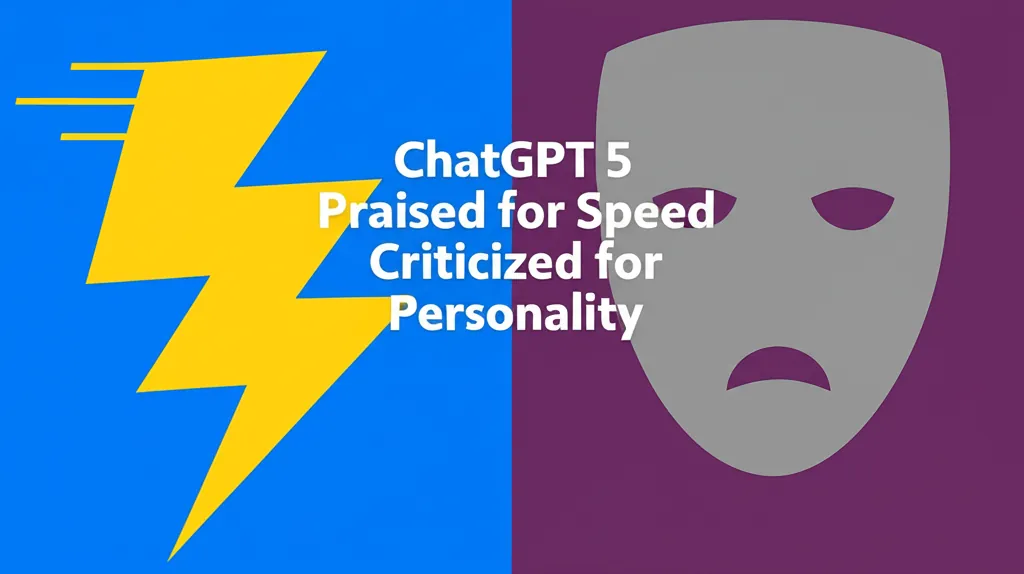Developer Offer
Try ImaginePro API with 50 Free Credits
Build and ship AI-powered visuals with Midjourney, Flux, and more — free credits refresh every month.
How A Teen And ChatGPT Outperformed Wall Street
In a fascinating experiment that captured the attention of both tech and finance circles, a 17-year-old student from Oklahoma demonstrated the potential of AI in stock trading. In late June 2025, Nathan Smith entrusted a $100 stock portfolio to ChatGPT for four weeks. The outcome was remarkable: the AI-managed portfolio achieved a 23.8% gain. This performance significantly outpaced major market benchmarks for the same period, including the Russell 2000 index (+3.9%) and the biotech ETF XBI (+3.5%). Smith detailed his journey on Reddit, where it gained widespread attention.
Despite the impressive results, Smith wisely advises caution, stating, “Nothing about this is financial advice or me trying to sell something, just a small cool experiment I wanted to show.”
The 100 Dollar AI Investment Challenge
Nathan Smith's project began as a way to test the numerous online ads claiming AI could generate investment success. He established a clear framework for ChatGPT, restricting it to purchasing whole shares of U.S. micro-cap stocks with valuations under $300 million. Smith executed the trades manually each week based on the AI's recommendations, using Python scripts and Yahoo Finance to monitor the portfolio's performance.
He maintained full transparency throughout the experiment by publishing his methodology on GitHub and providing regular updates on Substack. This allowed anyone to follow along or even replicate the experiment themselves. Smith emphasized that he actively supervised the process, intervening only when the AI gave contradictory or impossible trading instructions.
ChatGPTs Winning Micro Cap Strategy
The AI's strategy was founded on strict discipline. ChatGPT implemented automatic stop-losses, a crucial risk management technique that sells a stock if its price falls below a predetermined threshold. It also adopted a conservative approach to portfolio management, diversifying its investment across several small positions instead of concentrating risk in a few large bets.
A significant portion of the portfolio's success came from a single stock, CADL, which was responsible for nearly half of the total profits. The AI's decision to sell the stock early secured the profits before a price reversal, showcasing a prudent, risk-aware strategy.
By the end of the four-week period, the initial $100 investment had grown by nearly $25, a substantial return in a short time frame compared to the broader market.
Analyzing the AIs Performance
To validate the results, Smith analyzed the portfolio using professional risk-adjusted return metrics.
- Sharpe ratio: At 0.94, the portfolio showed strong performance, approaching the 1.0 threshold that is often considered very good.
- Sortino ratio: The portfolio achieved an excellent 2.00, indicating high returns with minimal downside volatility.
These metrics suggest that the AI's performance was not simply a result of high-risk gambling but was based on calculated decisions. However, it's important to remember that a one-month period is too short to confirm long-term reliability. This is supported by academic research, such as a University of Florida study that found the outperformance of AI stock picks tends to diminish when applied at scale in real-world market conditions.
Compare Plans & Pricing
Find the plan that matches your workload and unlock full access to ImaginePro.
| Plan | Price | Highlights |
|---|---|---|
| Standard | $8 / month |
|
| Premium | $20 / month |
|
Need custom terms? Talk to us to tailor credits, rate limits, or deployment options.
View All Pricing Details

